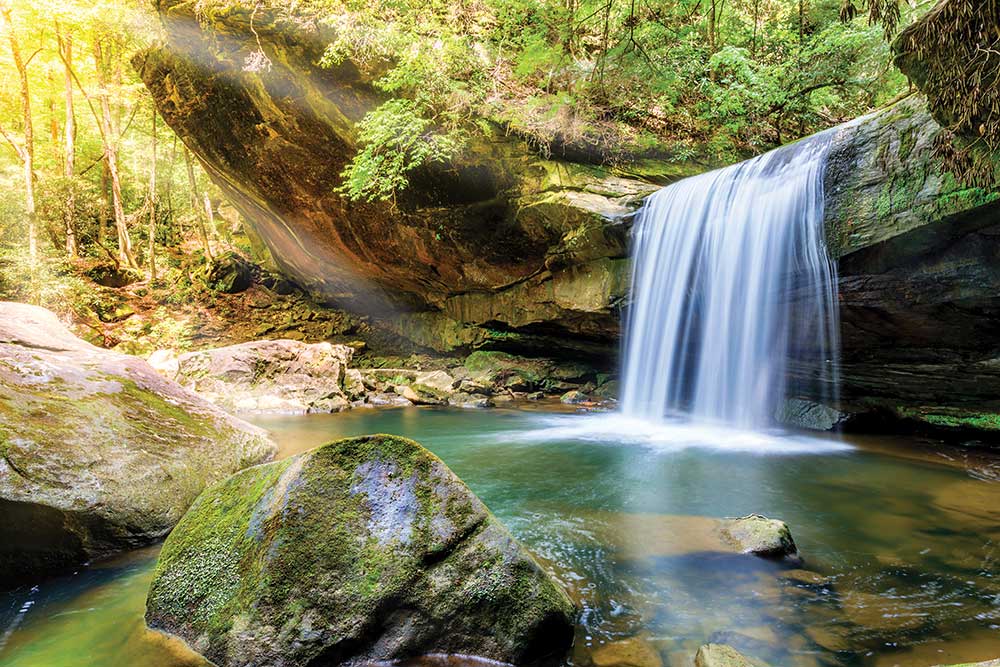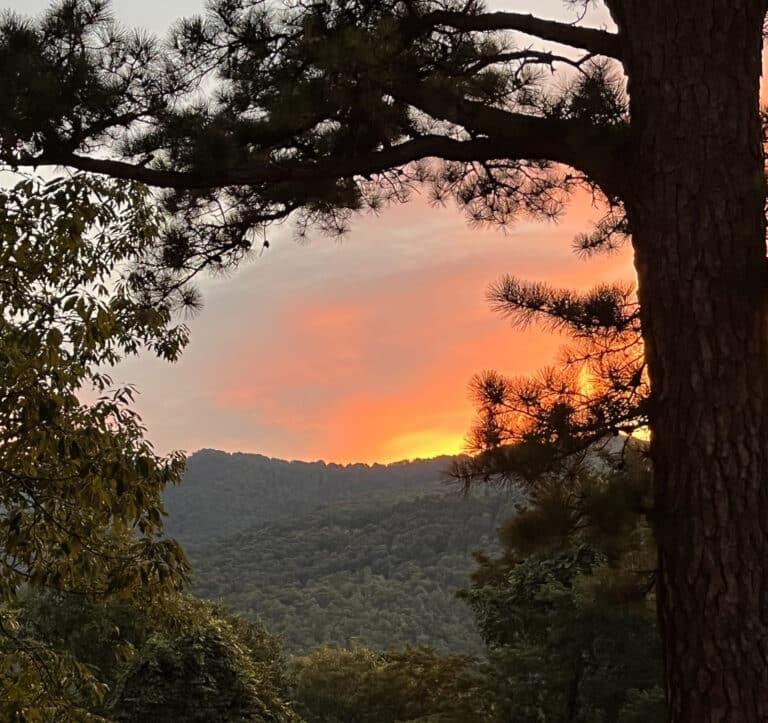A proposed Forest Service rule change will eliminate public comment and transparent scientific review from most forest decisions
If you have hiked, biked, or explored the outdoors in Appalachia, it’s likely taken place in a national forest. National Forests in the Southeast and Mid-Atlantic comprise over 14 million acres—ten times more than all the national parks and other public lands in our region combined.
As important as these lands are for recreation, scenery, tourism, and clean water, they’re also open to other kinds of uses, like commercial logging, pipelines, oil and gas drilling, and mining. In the past, when the Forest Service considered approving these kinds of activities, it was required to give the public advance notice, conduct a transparent and science-based review of the potential harms, and allow the public a chance to comment or object. Public comments have been key in protecting forests for decades.
This month, the U.S. Forest Service is proposing to take away public notice, comments, and scientific input for over 93 percent of all its decisions.
The proposal would create large new loopholes in a statute called the National Environmental Policy Act, or NEPA. Whenever a government action has the potential to harm the environment, NEPA requires the agency to pause and ask two questions: are there less harmful ways to meet our goals, and, if not, are the benefits worth the harm? Those questions can’t be answered without scientific review and public input. The Forest Service’s new rule, however, would bypass these simple safeguards for the vast majority of its decisions.
“Under the new rule, the Forest Service will have nearly complete discretion to approve commercial logging projects, build new roads in areas that are important for nonmotorized recreation and wildlife, close roads that are important for public access, and even approve pipeline or utility rights of way, all without science-based review and public accountability,” says Sam Evans, attorney with the Southern Environmental Law Center.
While NEPA has always allowed agencies to fast-track routine actions like re-paving parking lots, the new proposal attempts to stretch those loopholes to include a breathtaking number of decisions. For example, the proposal allows up to 4,200 acres of logging—6.6 square miles—with no advance notice or opportunity to comment.
Without public notice, there would be no safeguards against logging old growth, harming rare habitats, muddying trout streams, or developing unroaded areas with roads and timber production.
The Forest Service claims that the new rule is needed to alleviate a growing backlog of paperwork and to speed up projects to remove hazardous fuels in areas prone to catastrophic wildfire. The new loopholes would not be limited to those kinds of actions, however, and Congress has already given the Forest Service streamlined authority to protect communities from wildfire.
“Wildfire is being used as a fear tactic and smokescreen to dramatically expand resource extraction projects without any public or scientific input,” says Hannah Furgiuele, program director for Friends of Big Ivy, a conservation and recreation organization focused on North Carolina’s Pisgah National Forest. Evans agrees: “If the Forest Service isn’t willing to limit these authorities now, while the public is watching, then you can bet they won’t hold themselves back in the future, when they are making decisions behind closed doors.”
National forests in Southern Appalachia are among the most popular in the country. The Pisgah-Nantahala National Forest in North Carolina is the nation’s second-most visited national forest, with nearly 7 million visitors last year. According to the U.S. Forest Service’s own 2014 Visitor Use Survey for the Pisgah-Nantahala National Forest, over 90 percent of forest users are hikers, mountain bikers, paddlers, trail runners, and other nature-seeking outdoor enthusiasts. Without their input into future decisions, our forests will become less hospitable to the activities they enjoy.
The public still has an opportunity to comment on the proposed rule. Public comments can be submitted until August 24 at www.fs.fed.us/emc/nepa/revisions/index.shtml, or visit Southern Environmental Law Center’s action page for the Forest Service rule change at http://OurForestsOurVoice.org.
“If we don’t speak up now, we won’t have the ability to speak up in the future when logging or pipelines or roads threaten our favorite trails, hunting areas, overlooks, rivers, or campsites,” says Evans.
Most Popular National Forests in the Southeast and Mid-Atlantic
Pisgah-Nantahala National Forest (North Carolina): 1,100,000 acres
G. Washington-Jefferson National Forest (Virginia): 1,792,000 acres
Monongahela National Forest (West Virginia): 920,500 acres
Chattahoochee-Oconee National Forest (Georgia): 866,700 acres
Cherokee National Forest (Tennessee): 656,300 acres
Daniel Boone National Forest (Kentucky): 564,100 acres
Allegheny National Forest (Pennsylvania): 513,600 acres
Sumter National Forest (South Carolina): 372,700 acres
Talladega National Forest (Alabama): 393,000 acres








